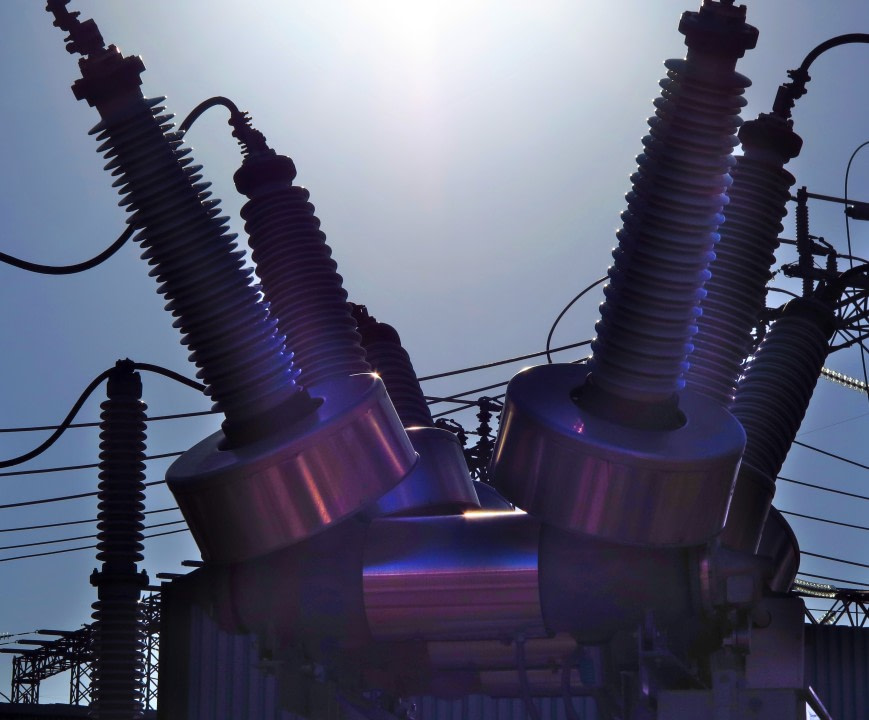Introduction:
Update: 13.04.2024 Musk doubled down and warned that electricity could become somewhat scarce as early as 2025. Yes. 2025 as in next year.
According to a new report from the International Energy Agency (IEA), data centers could double their electricity consumption by 2026, largely due to the intensive computational needs of AI and, to a lesser extent, the operational demands of blockchain technologies. This surge in electricity demand highlights not just the technological evolution but also the burgeoning energy consumption of these digital behemoths.
Data centers serve as the backbone of our digital existence, housing the servers that store including the vast arrays of data needed for AI training. The growth in electricity consumption by data centers, which accounted for about 2 percent of global electricity demand in 2022, is on a trajectory to add an extra country’s worth of electricity demand by 2026
This demand places an immense strain on our electrical grids, with countries like the United States, home to a third of the world’s data centers, and Ireland, experiencing a boom in data center construction.
The inclusion of AI in the energy equation exacerbates the challenge, with predictions suggesting a tenfold increase in electricity usage by the AI industry alone by 2026.
On a side node: it was a genius move of German politics to shut down all nuclear reactors. Perfect timing: to early for the renewable to pick up the tab, to late to make any difference, just right to hinder the emergence of new technology.
The Core Issue: A Power Struggle
Reflecting on the past, where the shortage initially centered around neural net chips, Elon Musk recently adeptly forecasted the next critical shortfall: voltage step-down transformers. These devices are indispensable for modulating the power from utilities, often outputting between 100-300 kilovolts, down to the mere six volts required by the intricate machinery within data centers. Musk humorously yet poignantly notes, “You need transformers to run transformers,” drawing a parallel between the physical devices essential for electricity conversion and the AI ‘transformer’ algorithms, signifying the deep interdependency between AI’s virtual advancements and the tangible world’s limitations.
In essence, the challenge is not just technological but infrastructural, urging a swift and innovative response to bridge the gap between AI’s potential and our electrical grid’s capacity.
The Solution: Enhanced by Local Power Generation and Storage Innovations
The pathway to powering AI data centers sustainably and efficiently may indeed be illuminated by the convergence of innovative technologies. The integration of local power generation methods, such as solar panels, offers a promising solution by significantly reducing the reliance on extensive electrical transmission systems, which necessitate multiple energy transformations and the use of numerous substations. This is particularly effective when the energy source is in close proximity to the consumer, such as a gas power plant situated near a data center. The benefit here is twofold: it minimizes energy loss that typically occurs during long-distance transmission—since high voltage levels are used to transport electricity efficiently over great distances—and it diminishes the need for multiple voltage transformations.
Local power generation essentially streamlines the energy supply process, cutting down on Joule heating losses, which are proportional to the square of the current flowing through the cables. By generating power at or near the voltage level required by the data center, we bypass the need for both stepping up and then down the voltage, thereby conserving energy and reducing the operational and infrastructure costs associated with substations.
However, the direct utilization of locally generated power in AI data centers introduces a new challenge: managing the variability in both energy production, especially with renewable sources like solar, and in energy demand from the data centers themselves. This is where energy storage technologies, particularly Megapacks utilizing cobalt-free Lithium Iron Phosphate (LFP) batteries, become crucial. These massive battery systems store excess energy generated during peak production times and supply energy during low production or high demand periods, ensuring a constant and reliable power supply to the data centers.
Advantages of LFP Batteries:
The core of LFP batteries is the cathode material, Lithium Iron Phosphate (LiFePO4), which boasts an olivine-like structure. This structure plays a pivotal role in maintaining the battery’s structural integrity during charge and discharge cycles, significantly extending its lifespan.
Safety: LiFePO4’s thermal and chemical stability greatly reduces the risk of overheating, which can lead to fires or explosions, making LFP batteries safer than other lithium-ion technologies.
Longevity: The ability of LFP batteries to endure more charge/discharge cycles compared to other lithium-ion batteries translates to a longer operational life, making them particularly suitable for applications where frequent cycling is required, such as in energy storage systems for AI data centers.
Cost-Effectiveness: The materials used in LFP batteries, iron and phosphate, are more abundant and cheaper than the cobalt used in other lithium-ion batteries, offering a cost-effective solution without compromising performance.
Environmental Friendliness: The absence of cobalt, a material often associated with significant social and ecological issues, underscores the environmental advantage of LFP batteries, aligning with the growing emphasis on sustainable and responsible technology deployment.
Charging: LiFePO4→FePO4+Li++e−
Discharging: FePO4+Li++e−→LiFePO4
Conclusion:
In the age of technological convergence, the combination of local power generation, innovative storage technology, and intelligent grid connections is key to tackling energy challenges. This synergy not only facilitates the smooth operation of AI data centers but also contributes to the energy transition. Tesla’s rapidly growing and profitable energy division is proof that the future of energy generation and storage is bright.
Closing Thoughts:
The challenges we face are formidable but not insurmountable. Through the convergence of new technologies and creative solutions, we can forge a sustainable, efficient future where AI and renewable energies work hand in hand.


